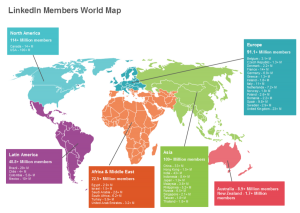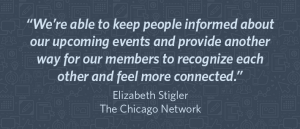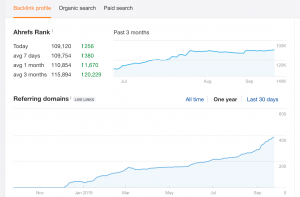— May 4, 2018
Social media existed long before the Internet. Persians in 550 B.C.E. are credited with creating the first rudimentary postal system, a system described by Greek historian Herodotus as being complete with riders and horses ne’er deterred by “snow nor rain nor heat nor darkness from accomplishing their appointed course with all speed.” In fact, our modern United States postal service borrows a version of Herodotus’ famous words to serve as its own unofficial motto. In essence, these industrious ancient Persians established the first social network.
Messengers proceeded to relay communications and spread social commentary across all lengths of distances for more than two thousand years, at which point the pace picked up with written letters swiftly morphing in to telegraph messages, telephone calls, radio signals, email messages and finally, the social media utilities that come to mind today: Six Degrees as a first step, followed by blogging, LinkedIn, MySpace, Facebook, Flickr, YouTube, Twitter, Instagram and Snapchat (to name but a few). Like their primitive ancestor, the letter, these digital sites serve to connect people to one another without the burden of physical presence. And indeed, the late 1990s, as well as the 2000s, saw social media focused mainly on connecting peers; it was truly a person-to-person interaction with businesses yet to fully embrace the Internet’s power and potential. That changed, however, when companies got savvy and starting pushing content directly to consumers across the world wide web, a strategy that maintains its efficacy if not its efficiency.
But businesses are starting to catch on: people trust each other more than they trust “the man” (and by “the man” we mean Corporate America.) Instead of pushing an outbound marketing model with passive ads displayed for consumers to approach, businesses are relying more and more on media influencers and organic referrals of their messages. They want to deliver ads to the right people, and social media is a perfect platform when used as it was originally intended: to connect peer to peer. Pushing marketing messages directly among consumers not only increases the message’s authority, it hastens its circulation, enabling it to reach more people in less time than any static message could ever attract the same.
With this in mind, companies are returning to the true “social” aspect of social media. They finally understand that consumers can be the greatest sales force. Thus, they are rewarding consumers with perks such as free digital content, coupon codes, or entry in to large prize sweepstakes in exchange for them referring or linking back to a product or service. In return, the companies are being rewarded themselves.
Think of it this way: if you were looking for recommendations for a new hair stylist, or wanted to buy a new television, or needed help obtaining an EB-5 visa, would you rather get your information from a corporate-sponsored pop-up ad or a relevant link shared with you by a friend? It’s a no-brainer. Personal recommendations will trump sponsored content every time because consumers trust their friends’ advice way more than they trust a corporation’s own spiel. Put plainly, word-of-mouth increases traffic, which translates in to more exposure and more opportunity for companies. All hail the power of a good social network!
Digital & Social Articles on Business 2 Community
(28)







